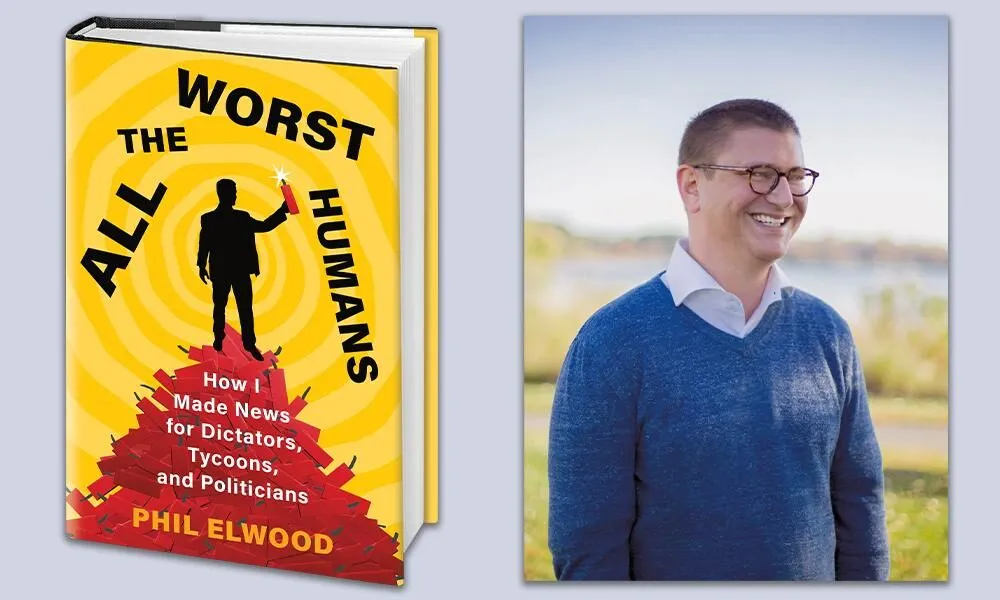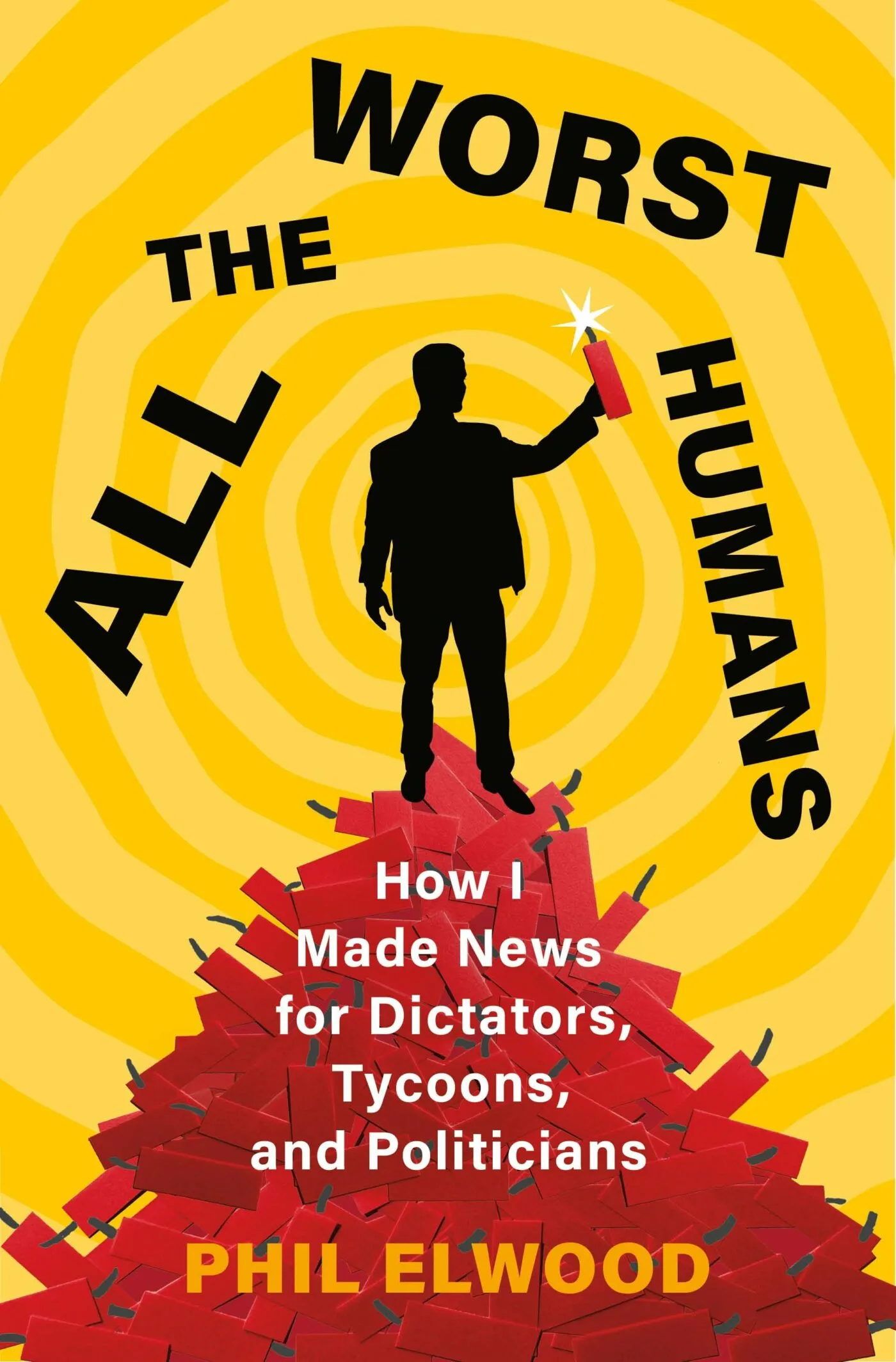“All the Worst Humans“ is a poignant and thought-provoking work by Phil Elwood, a renowned author known for his ability to vividly depict human psychology and the darker facets of society. In this novel, Elwood not only tells a story but also explores the complex aspects of humanity, from personal pain to intricate relationships within society.
Main Content
The novel revolves around the main character, Ben, a man living in a large city where social pressures and relationships become increasingly complicated. Ben’s life is shaped by traumatic experiences from his past and tangled relationships with those around him. From family and friends to loved ones, each relationship presents unique challenges and pressures, leading Ben into a state of imbalance.
The narrative opens with a shocking event in Ben’s life—the unexpected death of a close friend. This loss not only leaves a profound sorrow but also prompts Ben to reflect on his life and the decisions he has made. This sets off a journey of self-discovery, during which Ben must confront secrets, mistakes, and difficult choices from his past.

Writing Style
Phil Elwood’s writing style in “All the Worst Humans” is captivating and nuanced. He employs simple yet powerful language that creates vivid imagery and authentic emotions. Each chapter is imbued with deep feelings, ranging from pain and disappointment to hope and redemption. Elwood skillfully uses literary devices to highlight the characters’ emotions, making readers feel as though they are living through those moments alongside Ben.
Moreover, the character development is a standout aspect of the work. Each character possesses distinct traits, from their past experiences to their motivations, creating a diverse portrait of humanity. Elwood does not merely describe the characters superficially; he delves into their psyches, allowing readers to gain deeper insights into their decisions and actions.
Exploration of Character Psychology
One of the strengths of “All the Worst Humans” lies in its exploration of character psychology. Ben is a complex character with profound internal conflicts. Painful memories from his past, fractured relationships, and loneliness drive him to become a character with whom readers can empathize. It is easy to see that Ben is not just an ordinary man but someone grappling with deeper issues, both psychological and social.
Elwood deftly weaves Ben’s thoughts and feelings into the narrative, allowing readers to perceive his struggle to seek forgiveness and self-acceptance. The relationships Ben forms, despite their many conflicts and difficulties, still offer him valuable lessons about love, friendship, and human connection.
Main Themes
“All the Worst Humans” does not merely tell a personal story but also addresses several significant social themes. One prominent theme is loneliness and the search for connection. Despite living in a bustling city, Ben feels isolated and lost. This reflects a reality in modern society, where people can easily lose touch with one another amid the hustle and bustle of life.
Additionally, the work explores issues such as loss, forgiveness, and the desire for redemption. The death of Ben’s close friend is not only a shock but also a catalyst for him to confront his unresolved issues. Through this journey, readers are invited to reflect on how we deal with loss and learn to forgive ourselves.
Social Interaction and the “Worst Humans”
Phil Elwood does not shy away from dissecting the darker aspects of humanity in society. The title “All the Worst Humans” is not just a description of the characters surrounding Ben but also a reminder of the cruelty and selfishness that can exist in human relationships. The “worst humans” Elwood refers to are not merely antagonistic figures but also the darker facets within each individual.
Elwood skillfully highlights the complexity of human psychology, showing that everyone carries pain, trauma, and mistakes. This prompts readers to consider how society judges individuals and the biases we often impose on each other. Through the narrative’s fragments, Elwood illustrates that, while we may possess our darker sides, we also have the capacity for change and redemption.
Conclusion
“All the Worst Humans” is a profound and meaningful work that paints a realistic picture of life, psychology, and human relationships. Phil Elwood has demonstrated his talent for character development and creating deep connections between them. The book offers readers touching moments while evoking deep reflections on love, forgiveness, and human connections.
Through Ben’s journey, readers not only follow the story but also explore the beautiful and dark aspects of life. “All the Worst Humans” is a must-read, not only for those who enjoy deeply human stories but also for those seeking empathy and connection in their lives. Phil Elwood has crafted a book that is both rich in depth and impactful, prompting readers to think and feel about the humanity and society in which they live.

